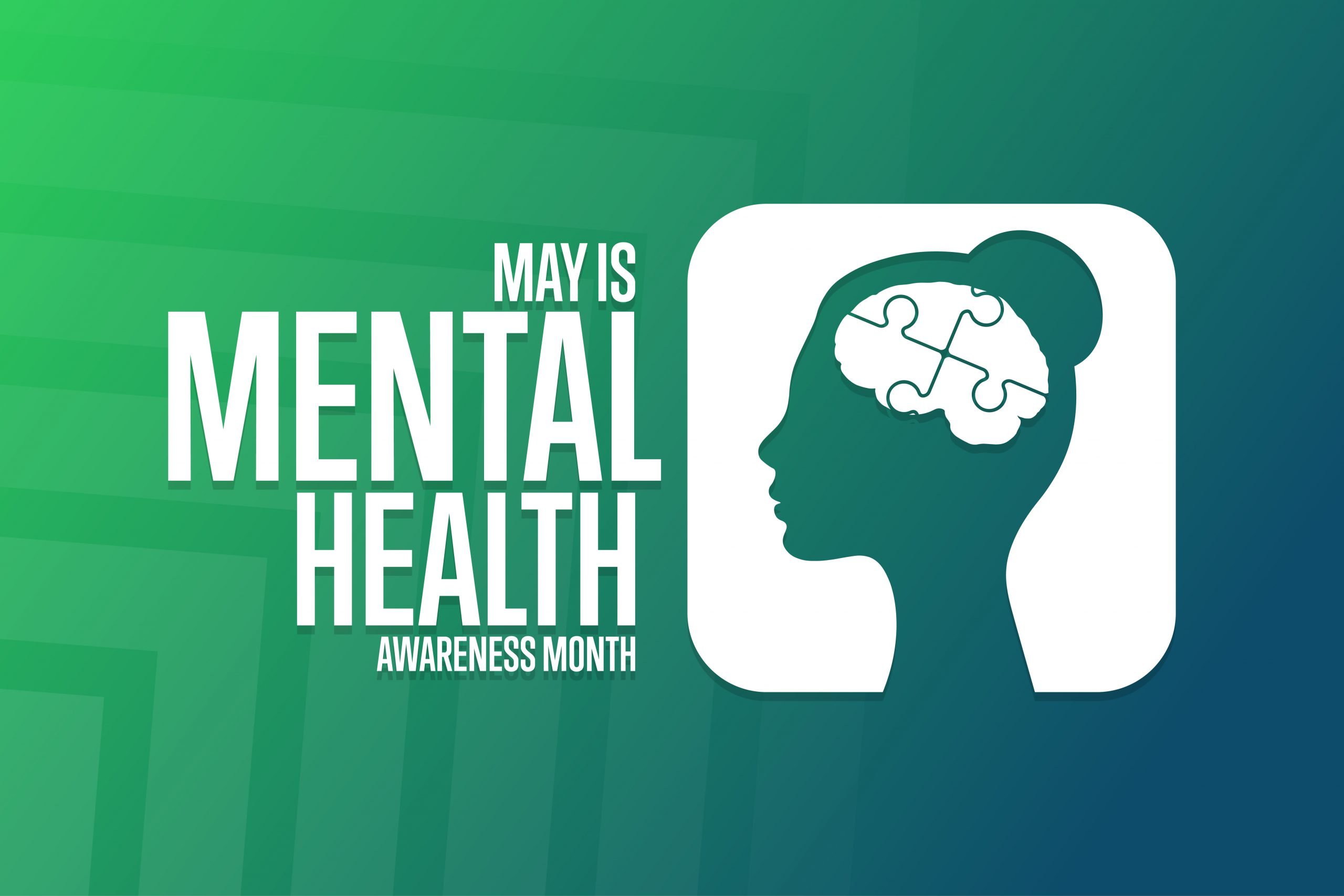
Mental Health Awareness Month aims to provide education and awareness about the impact mental health has on our well-being.
Mental Health Awareness Month: What is it?
Talking about mental health is not as taboo as it once was. However, there is still a stigma about it. People continue to be hesitant to reach out for help or feel their issues aren’t as bad as someone else’s. Therefore, the month of May is dedicated to changing the outlook on mental health and encouraging treatment for those struggling.
How did it start?
At the beginning of the 1900s, Clifford W. Beers, a recent Yale graduate, had suffered his first manic episode after the death of his brother. Beers ended up attempting to take his own life. Fortunately, he survived the incident. He spent the next three years in hospitals for his mental health. During his time in these institutions, he saw firsthand the cruel treatment that mental health patients received.
According to Mental Health America (MHA), “Upon his release, Beers was resolved to expose the maltreatment of people with mental illnesses and to reform care. In 1908, he published his autobiography, A Mind That Found Itself, which roused the nation to the plight of people with mental illnesses and set a reform movement into motion.”
For the next 30 years, Beers dedicated his life to educating and making people aware of mental illness. He even created the first outpatient mental health clinic in the U.S. In 1949, MHA launched a Mental Health Week, which eventually became Mental Health Month.
This year’s theme
Mental Health America chose “Back to Basics” as the theme this year. Why this theme? MHA explains, “With mental health entering more and more of our daily conversations, it’s critical that everyone has a solid foundation of knowledge about mental health. That’s why for Mental Health Month this year, Mental Health America is getting back to basics.”
Mental health facts
As we start this month of awareness, we want to provide you with some facts and statistics from the Center for Disease Control and Prevention.
- 1 in 5 U.S. adults experience mental illness each year
- 50% of all lifetime mental illness begins by age 14, and 75% by age 24
- More than 50% will be diagnosed with a mental illness or disorder at some point in their lifetime.
- 1 in 25 Americans lives with a serious mental illness, such as schizophrenia, bipolar disorder, or major depression.
The prevalence of mental health issues is why it’s important to be educated and aware all year long.
Learn more this month
If you want to learn more about mental health, there are many resources that can help. Below are some ideas of ways to educate yourself this month. These books and movies could be useful to some people who want to learn more or are struggling with mental health issues.
- Read books about mental health
- Check out some movies
- Visit Mental Health America’s resource site
- Learn about the ways Concordia is supporting students’ mental health
- Read I Trust When Dark My Road for a Lutheran pastor’s perspective
- Read Making Christian Counseling more Christ-centered
You can also participate in Mental Health Awareness Month by educating others while helping to get the stigma of mental health.
Your mental health matters. If you or someone you know is in an emergency, call The National Suicide Prevention Lifeline at 800-273-TALK (8255) or call 911 immediately.
— Maddie Schueller is the Content Marketing Lead for Concordia University Wisconsin and Ann Arbor. In her free time, she enjoys listening to podcasts, anything music-related, and hanging out with her husband and daughter.
If this story has inspired you, why not explore how you can help further Concordia's mission through giving.